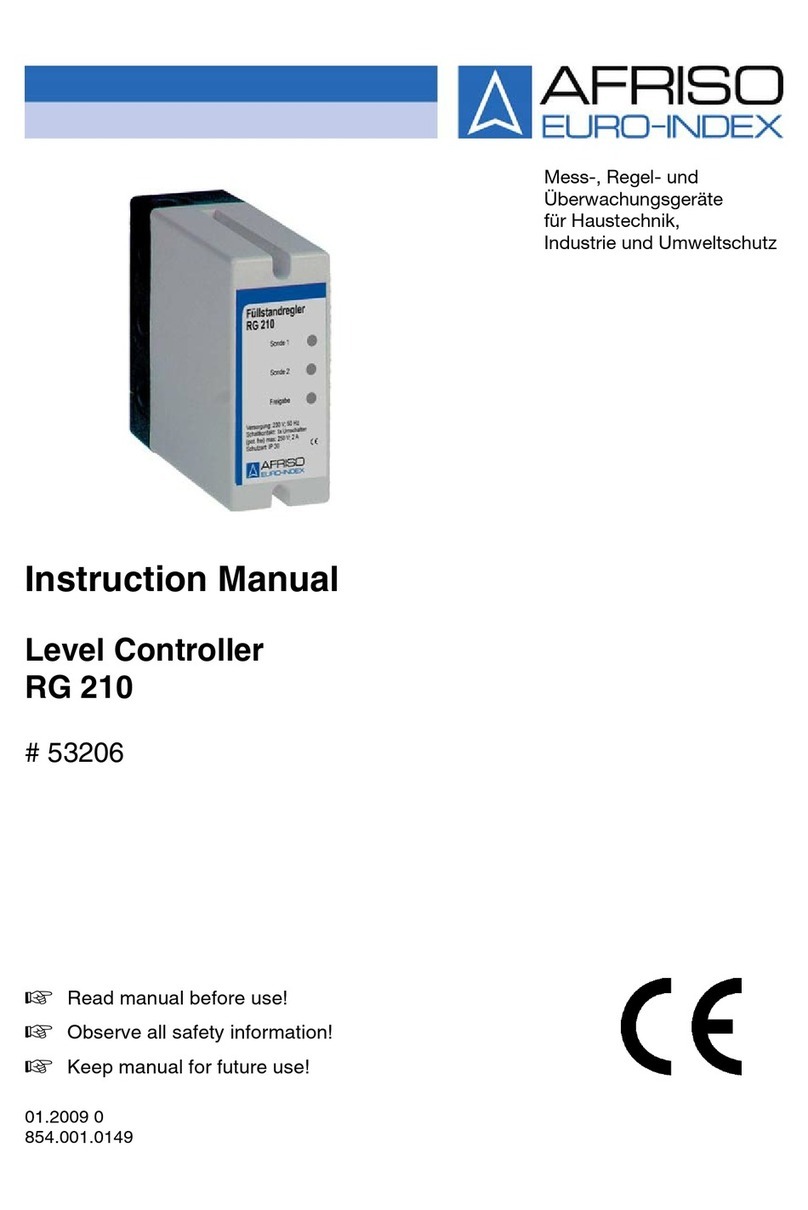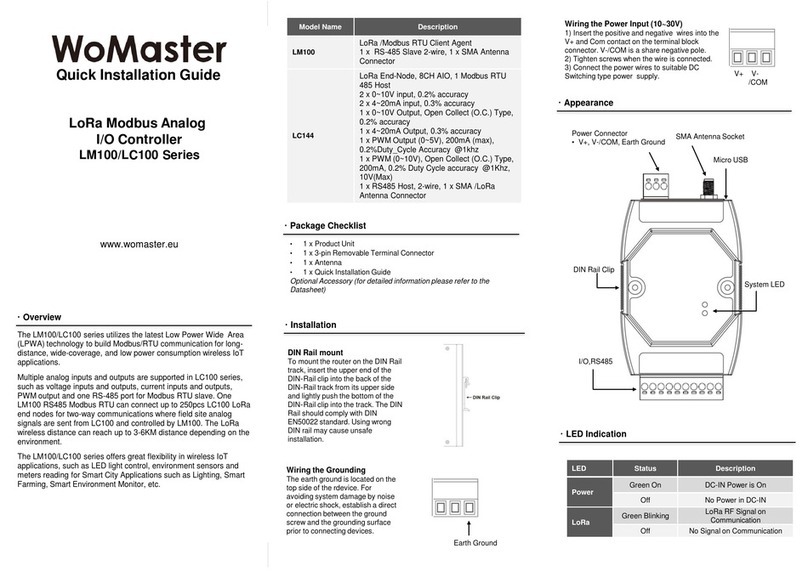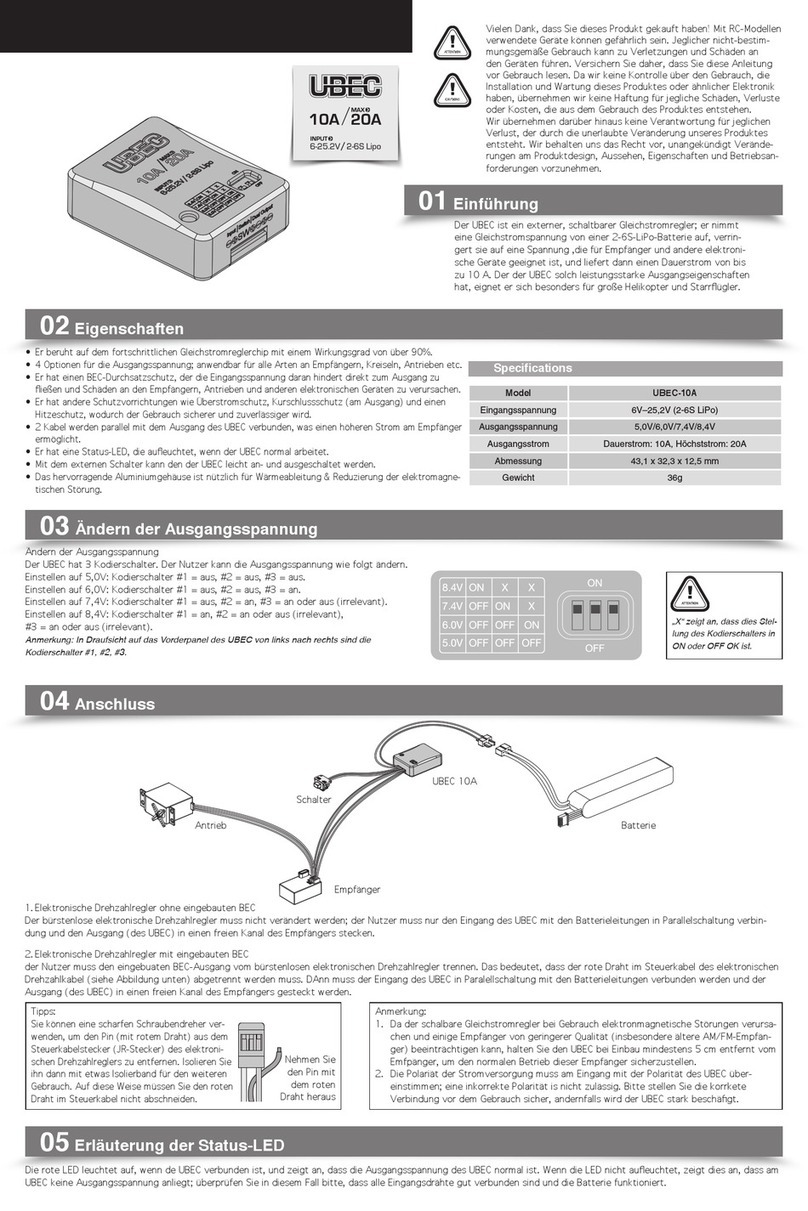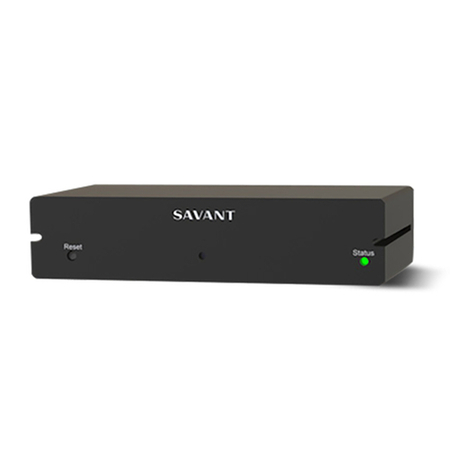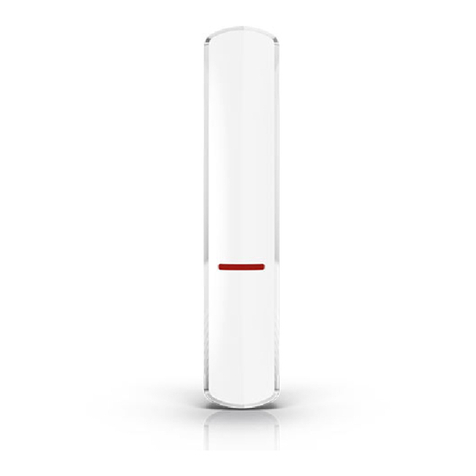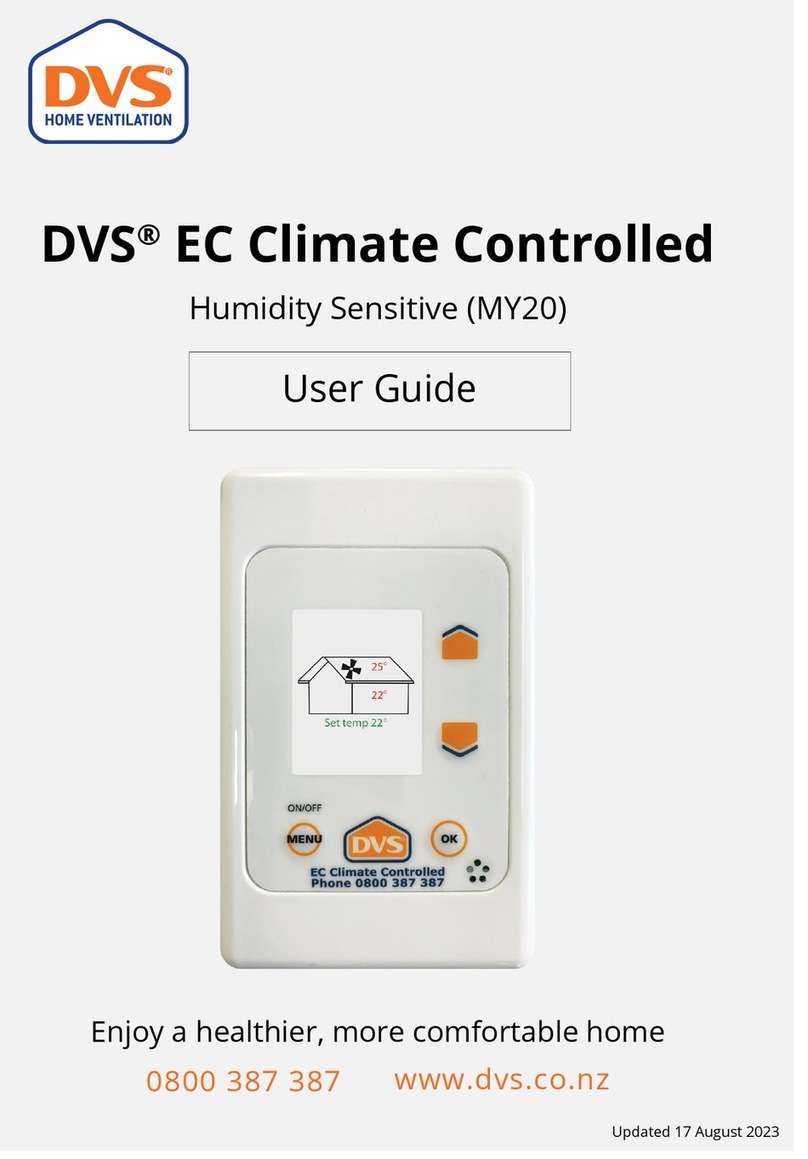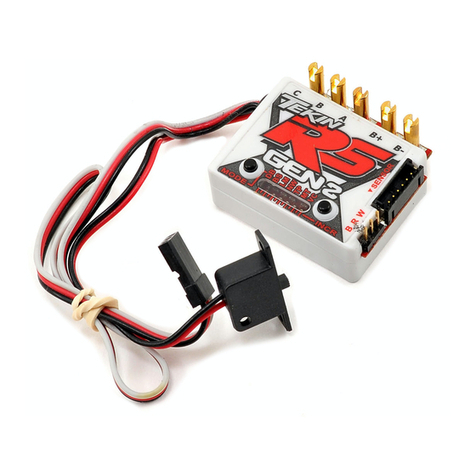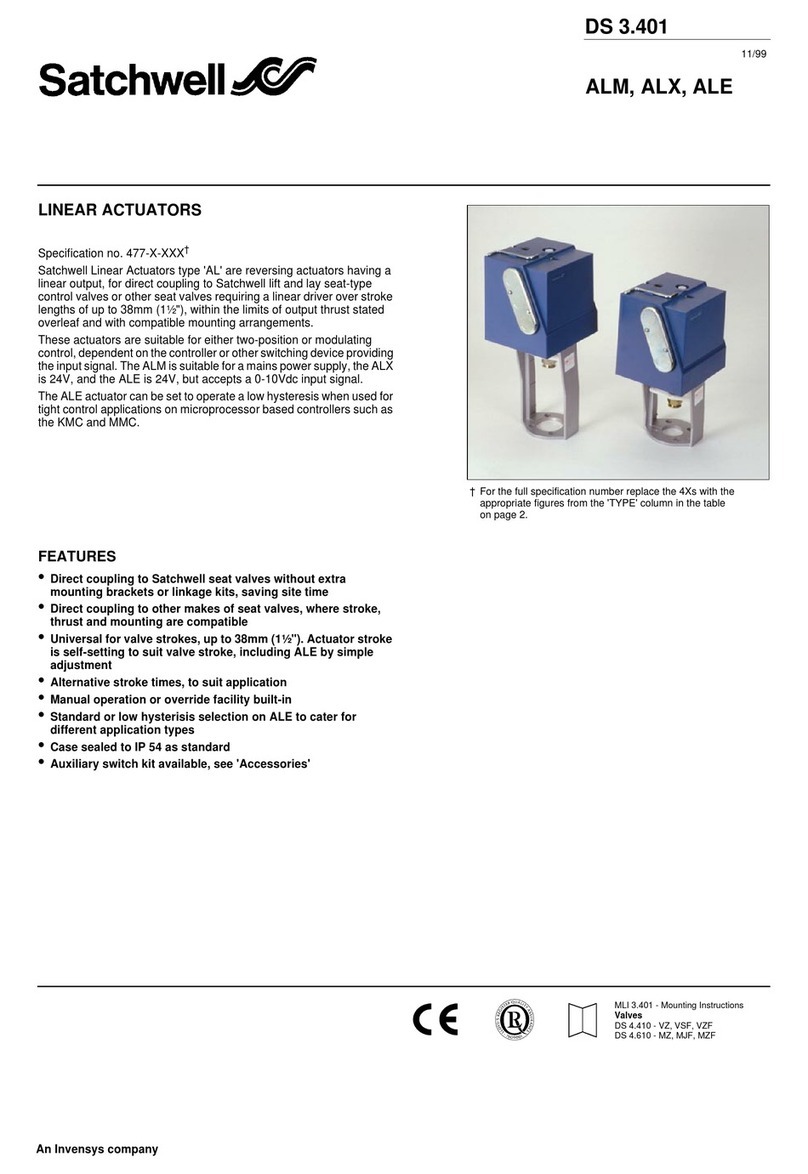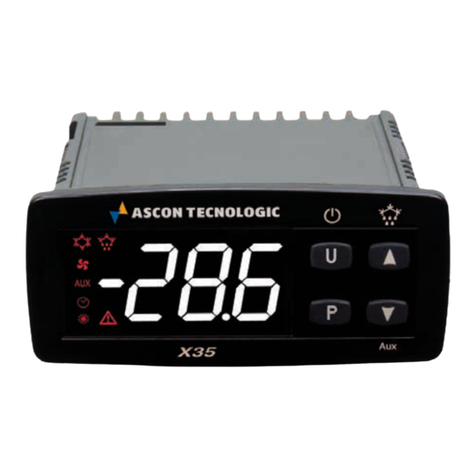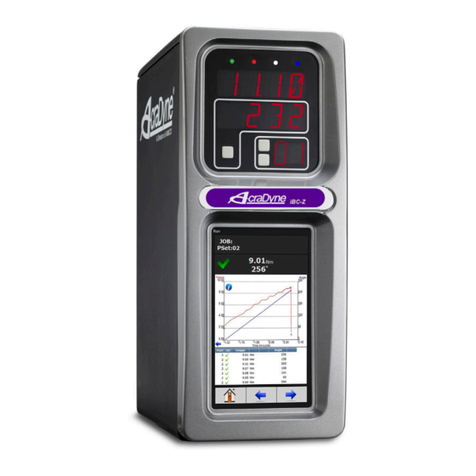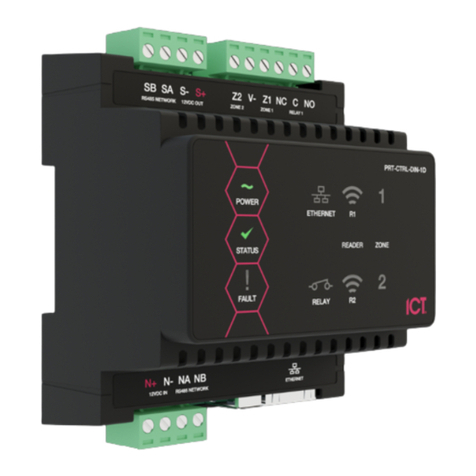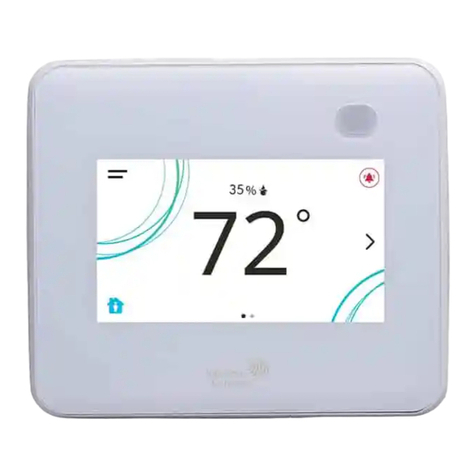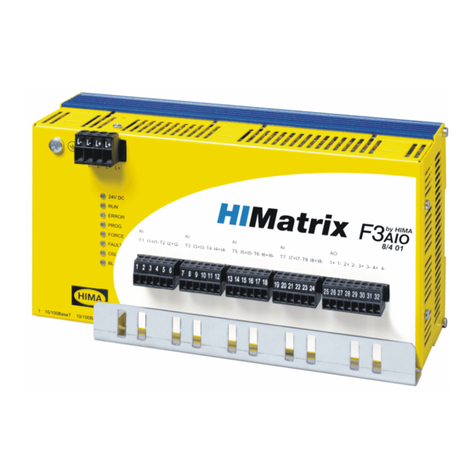Afriso EURO-INDEX ARM User manual

Figure 1
Figure 1.1
1. Fit the mounting element "b" to the
valve shaft and screw the locking
screw "c" into the valve. (fig 1).
Screw in the screw "h" to fixate the
actuator to the valve (fig. 1).
Select one of the adjustment scales
included with the actuator,
corresponding to the shut-off and
opening directions of the valve, and fit
it to the adjustment handle of
the actuator.
Connect the actuator as per
corresponding wiring diagram (fig. 4).
Remove the cap with the adjustment
scale from the adjustment handle
and fit the actuator to the valve in
Set the mixing valve to "50% open".
The regulating element must be
set exactly to the centre position
between the hot water supply and
the cold water supply in 3-way valve
(fig. 2.1) and exactly along the axis of
the supply to the system and the return
to the boiler in 4-way valve (fig. 2.2).
2.
3.
4.
5.
6.
1. Fit the mounting element "b" to the
valve shaft and screw the locking
screw "c" into the valve (fig. 1).
In the case of AFRISO ARV valves
(and in the case of most other valves),
mark "a" at the mounting element coincides
with the flat at the valve shaft; it also
indicates the centre position of the
regulating element in the valve
(fig. 2.1). You must loosen one of
the housing screws (fig. 1.1) so that the
locking screw can properly fit into the
ARV valves sizes DN40 and DN50.
3. Fit the actuator onto the valve. The actuator
is designed in such a way as to allow for
mounting to the valve in any position (fig. 2.2).
The indicator element at the blue ring "g"
should point upwards (fig. 1). If this element
has another position after you have fitted the
actuator, pull out the adjustment handle,
dismount the blue ring and refit it so that
the indicator element points upward. Then
plug on the adjustment handle (two
5. Fit the adjustment scale selected in section
4 onto the adjustment handle. The blue
indicator should show position "5" on the
adjustment scale. If the indicator has
a different position, the adjustment handle
has not been fitted as required. In this case,
go back to section 3.
6. Connect the actuator as per wiring diagrams
in fig. 4.
A. 3-point control: After you have
made the electrical connections, check
whether the actuator turns in the required
direction. If necessary, interchange wires
2 and 3.
B. 2-point control: You can change
the shut-off direction by changing the
position of the armature; dismount the
actuator housing to access it.
C. Versions with auxiliary switch:
One of the two black wires connected to
the auxiliary switch contacts has a red
connection. This wire should be connected
to the phase of the controlled system.
If this is not the case, the red signal LED
will not work properly.
D. Proportion control: After you have made
the electrical connections, make the
following settings by means of a micro-
switch which is accessible after you have
opened the actuator housing:
• Time for rotation by 90° (60/90/120 s),
• Type of control signal (U / I),
• Range of control signal (0..10 V / 2..10 V
or 0..20 mA / 4..20 mA).
2. 3-way mixing valve: Determine the operating
range of the regulating element and the
shut-off direction of the mixing valve and
then set the regulating element to 50% open
(fig. 2.1). First, determine the hot water
and the cold water supply of the valve
installed in the heating system. It should
be possible to move the regulating
element between the hot water supply
and the cold water supply within a range
of 90°. Then adjust the regulating element
exactly in the centre between the hot water
supply and the cold water supply (fig. 2.1).
During this phase, you should also
determine the valve shut-off direction
(shutting off the hot water supply) and
the valve opening direction (opening the
hot water supply).
4-way mixing valve: Determine the operating
range of the regulating element of the
mixing valve. To do so, determine the water
supply from the boiler, the water supply into
the system, the water return from the system
and the water return to the boiler. Then adjust the
regulating element exactly along the axis of
the supply to the system and the return to
the boiler (fig. 2.2) This corresponds to a valve
opening of "50%". The regulating element
should be operated in a range of +/-45° with
reference to this position.
4. Select the appropriate adjustment scale.
The actuator kit is delivered with two
adjustment scales: "from 0 to 10" and
"from 10 to 0". Hold them to the valve;
select the adjustment scale whose setting
"0" corresponds to the cold water supply
and whose setting "10" corresponds to the
hot water supply - as shown in fig. 2.1.
You may also use another simple rule to
select the adjustment scale.
- If the vale is to be closed by turning to the
right (clockwise), select the adjustment
scale "from 0 to 10".
- If the vale is to be closed by turning to the
left (counter- clockwise), select the
adjustment scale "from 10 to 0".
Electrical ARM Actuator
12
43
CAUTION!
The ARM actuator may only be installed, commissioned and dismounted by properly trained
staff. Only trained electricians may perform work on electrical circuits.
Any changes and modifications made by unauthorized staff may cause hazards and
are prohibited for safety reasons.
Depending on the version, the ARM actuator can be operated with
a mains voltage of 230 V. Mains voltage can cause severe
injuries or death.
The actuator must never come into contact with water.
Disconnect the supply voltage before opening the actuator.
No modifications whatsoever may be made to the actuator.
Mounting the actuator to the mixing valve
Mounting instructions
Detailed mounting description
The ARM actuator is factory-set to 50 % open (position "5" on the adjustment scale at the
adjustment handle). The mixing valve must also be set to a position of 50 % open so that the
actuator can be properly mounted to the valve. For this purpose, the regulating element must
be set exactly to the centre position between the hot water supply and the cold water supply
in 3-way valve and exactly along the axis of the supply to the system and the return to the
boiler in 4-way valve, after you have mounted the mounting element to the valve shaft and
tightened the locking screw. After you have set the mixing valve as described above, the valve
and the actuator are ready for mounting.
a mark
b mounting element
c locking screw
d actuator
e adjustment scale
f adjustment handle
g blue ring with indicator element
h fixing screw actuator
i fixing screw housing
j selector manual mode
Page
instrukcja prosta do pudelka.indd 1 11-04-05 10:50
Shut-off
direction
Cold water
Hot water
0
1
3
5
7
9
0
1
Figure 2.1
a
b
c
0
1
3
5
7
9
0
1
Shut-off
direction
Hot water
Cold water
a
d
i
g
f
h e
c
j
b
Supply from
the boiler
Shut-off
direction
1
0
9
7
5
3
1
0
Return to
the boiler
Supply to
the system
Return from
the system
Figure 2.2
notches at the circumference of the
adjustment handle should be positioned
horizontally) and screw in fixing screw
"h" (fig. 1).
such a way that the locking screw is
positioned one of the several grooves
at the rear wall of the actuator.
Four-way
Three-way

0
1
01
S4
0
1
S3
0
1
0...10 V / 0...20 mA
2...10 V / 4...20 mA
U/I
S5 S6
0 0
0 1
1 0
90s
120s
60s
0
1
U
I
Signal
S2
0
1
S1
1 1 120s
230 V (24 V) ~
N L
1 2 3 56
N
4
4
230 V (24 V) ~
N L
123
N
230 V (24 V) ~
N L
123
N L
230 V (24 V) ~
N L
1 2 3 56
N
4
4
L
AC 24 V
1 2 3
~
4
+-YU
~
+ - DC 24 V
YDC 0(2)...10 V
0(4)...20 mA
U DC 0(2)...10 V
Figure 4Figure 3
5 6
87
Page
Figure 5
Technical specifications
Warranty Customer satisfaction
Taking out of service, disposal
Approvals and certificates
Setting the auxiliary switch (selected versions)
Maintenance
Operation of the actuator
Procedure for setting the auxiliary switch:
1. 3.
5.
4.
2.
Loosen two fixing screws "i" and
remove the actuator housing (fig. 1).
Carefully push in the ring in such a way that
the end of the thicker section of the
circumference coincides with the specified
switch triggering angle.
Refit the upper part of the actuator housing
and tighten the fixing screws "i".
After the actuator has been set to position
"5" of the adjustment scale at the adjustment
handle (50 % open) and the valve opening
direction has been determined, set the angle
of the actuator (range 0 - 90°) at which the
function of the auxiliary switch is to be
triggered.
Carefully remove the switching ring
(fig. 5). The thicker ring section which
moves below the switch while the
actuator operates, applies pressure to
the lever and thus opens of contacts
4-5 of the auxiliary switch.The function
of the auxiliary switch (closing of
contacts 4-5) is initiated when the
thinner ring section faces the switch
which triggers the lever. At the same
time, the signal lamp lights up.
The AFRISO ARM actuator is maintenance-free.
3-point
2-point
proportional
3-point + auxiliary switch
3-point + auxiliary switch
The electrical actuator ARM complies with the Low Voltage Directive (LVD) (2006/95/EC),
Electromagnetic Compatibility Directive (EMC) (2004/108/EC) and Restriction
of Hazardous Substances Directive (RoHS) (2002/95/EC)
The electrical actuator ARM also complies with the following standards:
EN 60730-1, EN60730-2-14.
The warranty of the manufacturer for this
product is 36 months after the date of
purchase. The warranty shall be void if
unauthorised modifications are made to the
product or if the product is not installed in
compliance with these instructions.
Customer satisfaction is the prime objective of
AFRISO-EURO-INDEX. Please contact us at
suggestions or problems concerning product.
1.
2. Dismount the device.
3. To protect the environment, this
device must not be disposed of
together with non-separated
Disconnect the device from the
supply voltage.
commercial waste. Take the device to
an official waste disposal company.
The electrical actuator ARM consists of
recyclable materials.
1.Operating mode of the actuator
2.Indication via signal LEDs
The operating mode is set by means of
the selector for manual mode "j" (fig. 1).
Operating mode Automatic: The actuator
is in operating mode Automatic when the
selector "j" is in position .
Operating mode Manual: The actuator is in
operating mode Manual when the selector
"j" is in position .
Three signal LEDs are integrated into the
housing of the actuator. The outer LEDs
indicate the direction of rotation of the
actuator. The centre LED indicates the
operating state of the auxiliary switch
(depending on the version of the actuator).
3.Position of adjustment handle with
adjustment scale
After the actuator has been mounted to the
mixing valve and the proper adjustment
scale selected, position "0" means that the
valve is fully closed (hot water supply
closed) and position "10" means that the
valve is fully opened (hot water supply
open). The other settings of the adjustment
scale represent the degree of opening
(for example, "4" means that the valve is
open by 40%).
orange
(direction of rotation left)
orange
(direction of rotation right)
red
(auxiliary switch active)
Parameter Value
Torque Depending on version: 6 Nm, 10 Nm, 15 Nm
Rotation angle 90°
Time for turn by 90° Depending on version:
15 s, 30 s, 60 s, 120 s, 240 s, 480 s
Supply voltage / control signal 2-point - 24 V AC / 230 V AC
3-point - 24 V AC / 230 V AC
proportional - 24 V AC/DC
(0..10 V, 2..10 V, 0..20 mA, 4..20 mA)
Operating temperature range Setting in range 0 ÷ 90° (250 V AC, 3 A)
Power input 0 ÷ 50°C
Power consumption 2,5 ÷ 4 VA
Protection class II
Degree of protection IP42
Dimensions (H x W x D): 84 × 102 × 90 mm
Weight Version 6 Nm: 390 g ÷ 630 g
Version10 Nm and 15 Nm: 600 g ÷ 860 g
Housing material PC
instrukcja prosta do pudelka.indd 2 11-04-05 10:50
Other Afriso EURO-INDEX Controllers manuals
